When you have a pulsing toothache, do you ever think,
“Maybe I’ll just wait and see if it goes away”?
No way! You rush to the dentist, knowing that immediate care can prevent worse pain or even tooth loss. Don’t you?
(more…)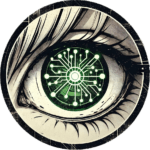
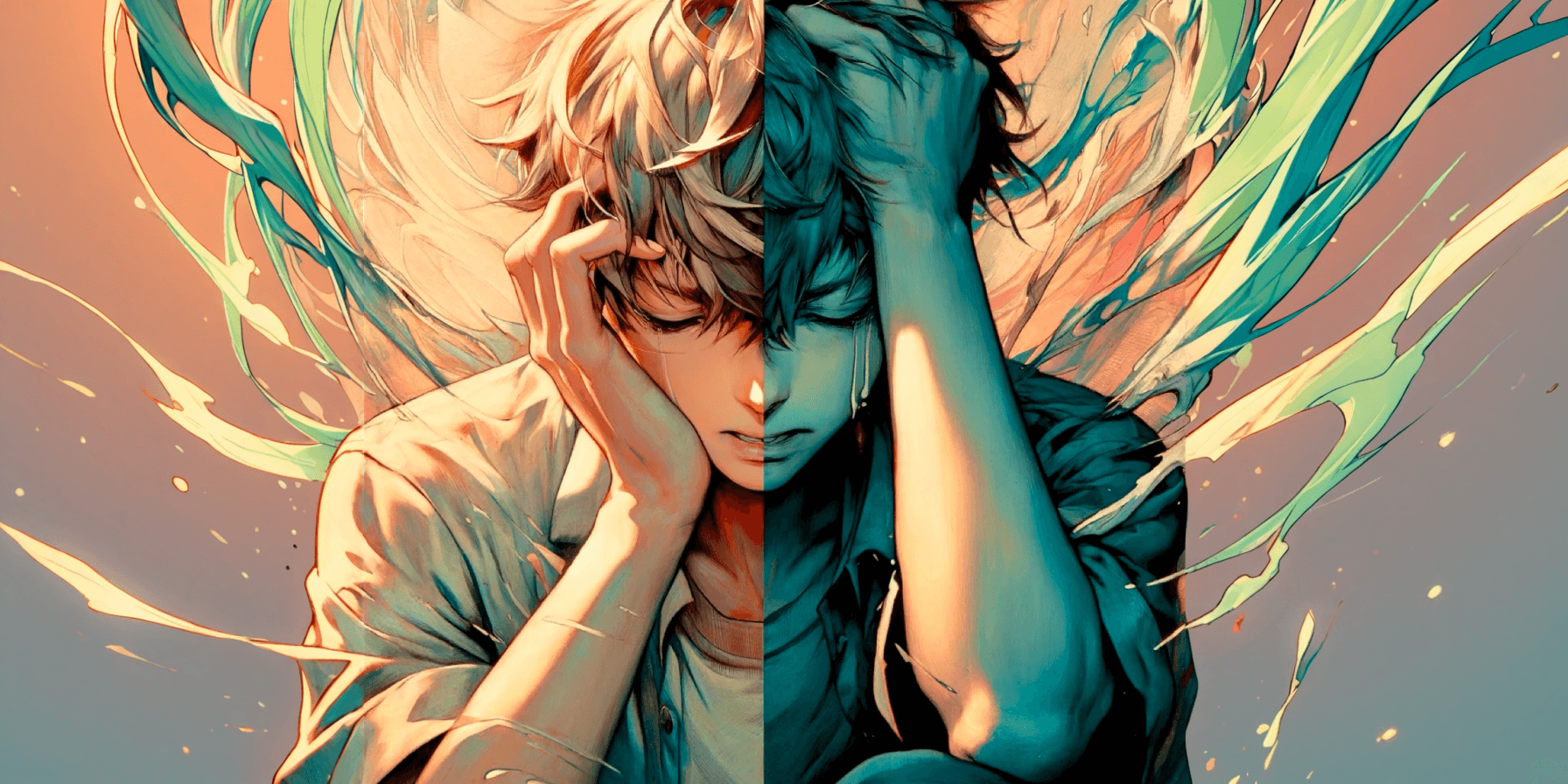
When you have a pulsing toothache, do you ever think,
“Maybe I’ll just wait and see if it goes away”?
No way! You rush to the dentist, knowing that immediate care can prevent worse pain or even tooth loss. Don’t you?
(more…)
Imagine a life satisfaction indicator, like a scale that shows how fulfilled you are.
(more…)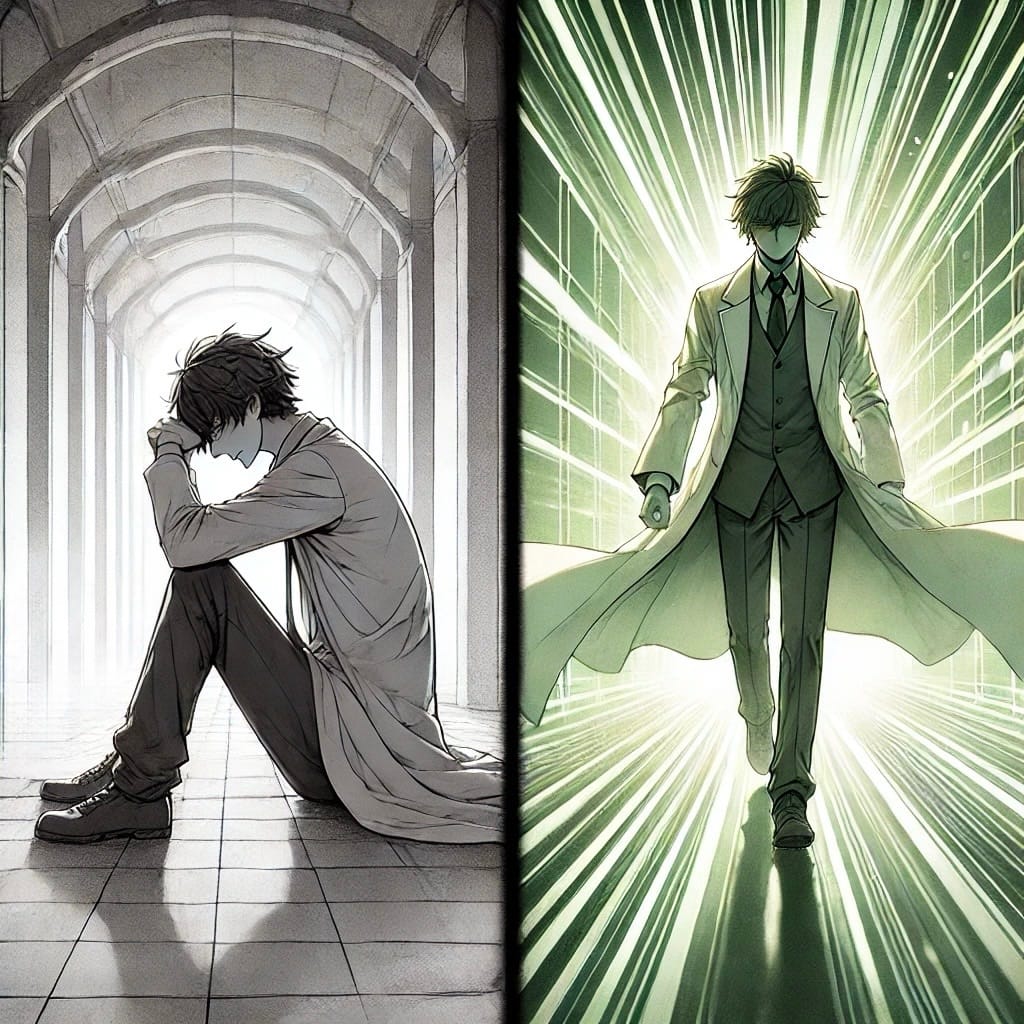
Have you ever wondered what your life might look like ten years from now if you don’t change anything today?
Sometimes, we wish we could see the future—not just because we’re curious, but to understand what our choices lead to.
In the anime Steins; Gate 0, the main character actually gets that chance: he ends up in a world ruined by World War III, all because he was too tired and stopped trying.
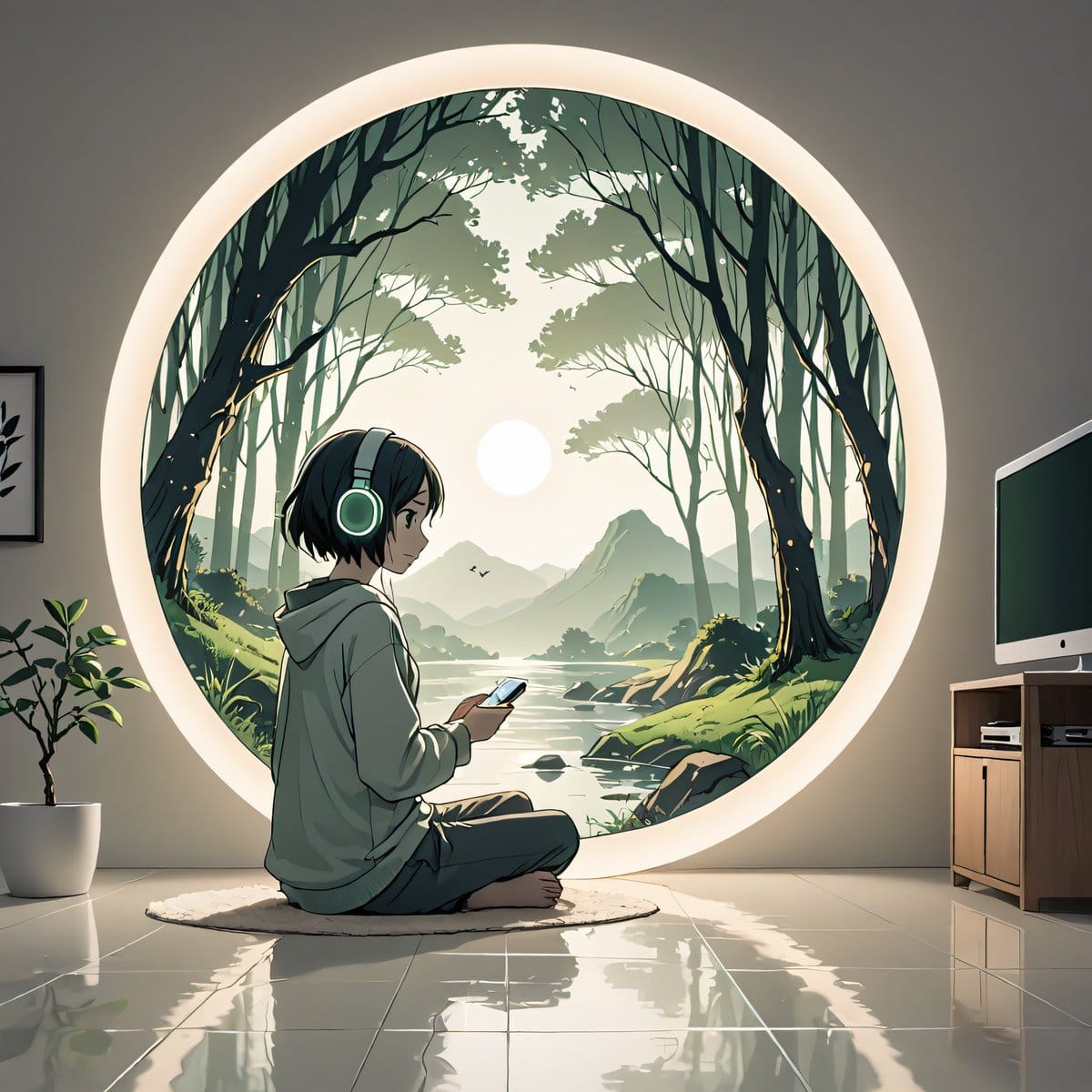
Have you ever noticed how one melody can completely change your mood?
Maybe you’re walking down the street, relaxing at home, or just going through your daily routine.
Then, out of nowhere, a soundtrack from your favorite movie, game, or anime starts playing—and suddenly, everything feels different. That music becomes a portal to another world—a world of emotions, heroes, and memories that come alive with every note.
(more…)
In episode 7 of the anime Undead Unluck, there’s a powerful scene where a teacher, about to turn into a zombie, gives her students a final message:
(more…)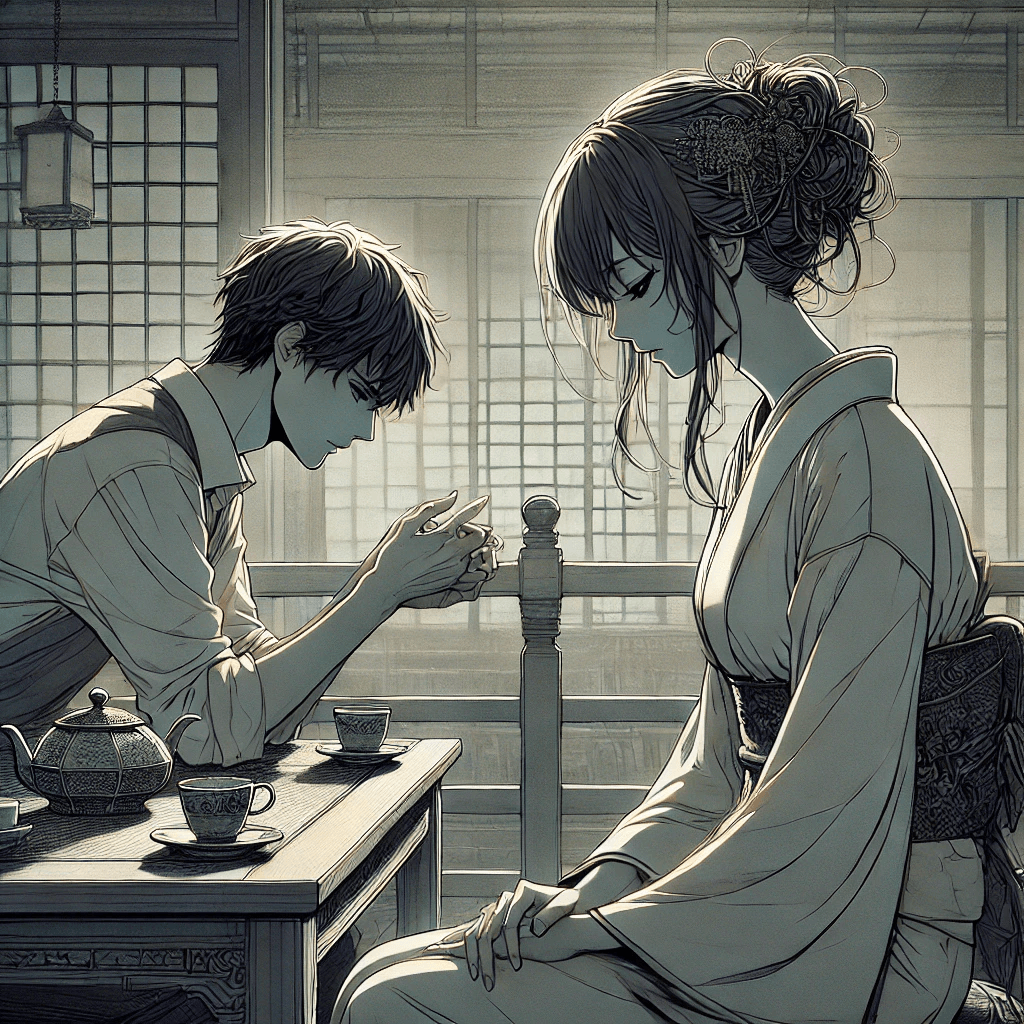
We often believe that ending a relationship means we’ve learned all the lessons we need.
We tell ourselves that the next time will be different, that we won’t repeat our mistakes, and that we’re finally ready for real happiness. But the reality is usually more complicated.
(more…)
Genuine emotions are what’s left when the masks come off. They’re those intimate feelings that you don’t show to just anyone. And that’s okay — not everyone needs to see what’s behind the façade of daily life.
These moments of revelation don’t only happen in a therapy session. They can occur when we connect with art — be it anime, a movie, a music, or a book.
(more…)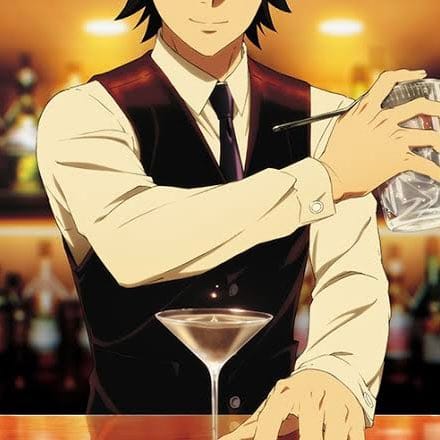
In the anime “Bartender,” the drink of the gods is crafted specifically for the person who walks into the bar at a particular moment in their life. This drink, without a word, provides exactly what is needed. It can change a life or help make a crucial decision.
(more…)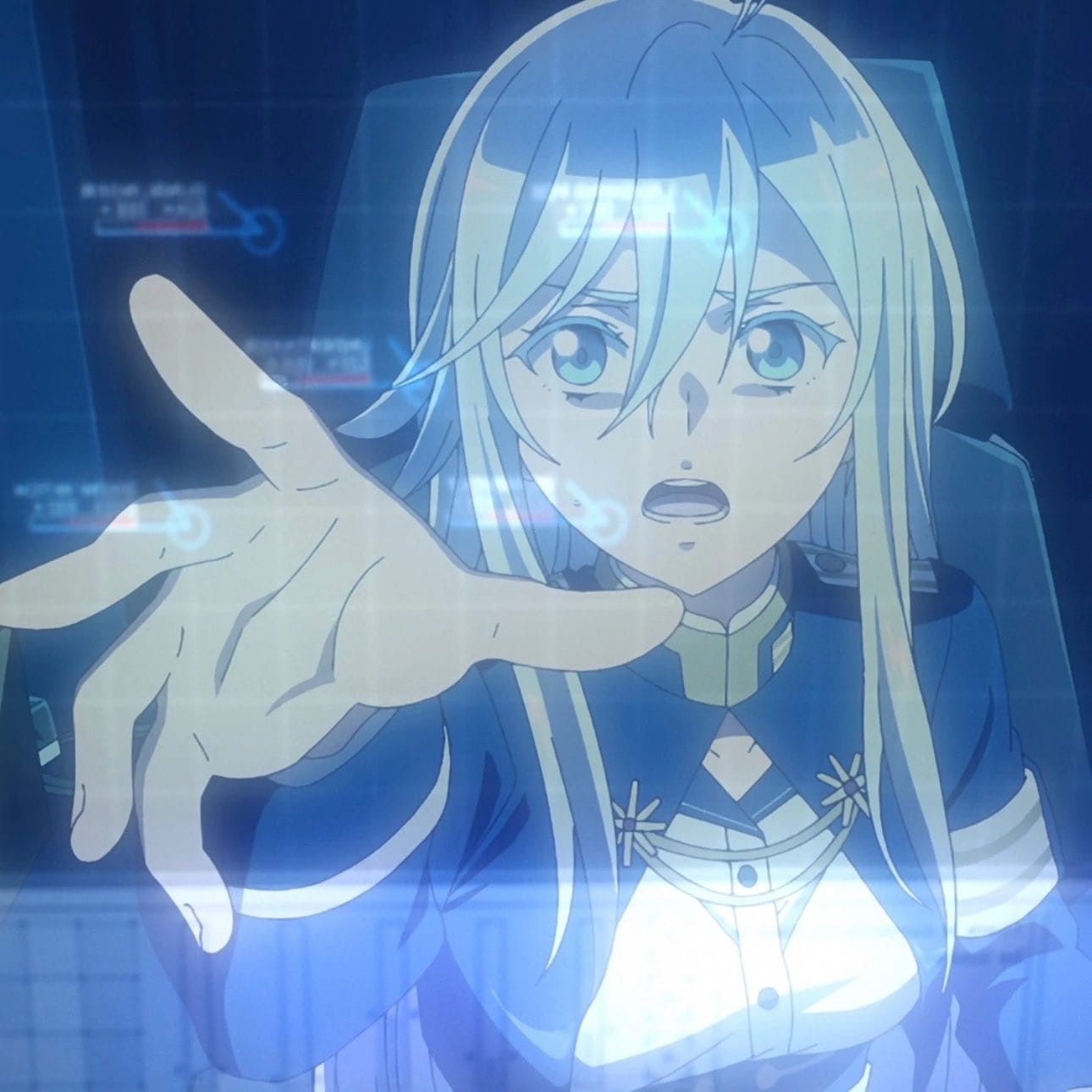
Spending all your energy, time, and emotions on it. And even knowing that the outcome is predetermined, we still run.
At the end of episode 9 of the anime “86,” there is a scene that perfectly captures this feeling.
(more…)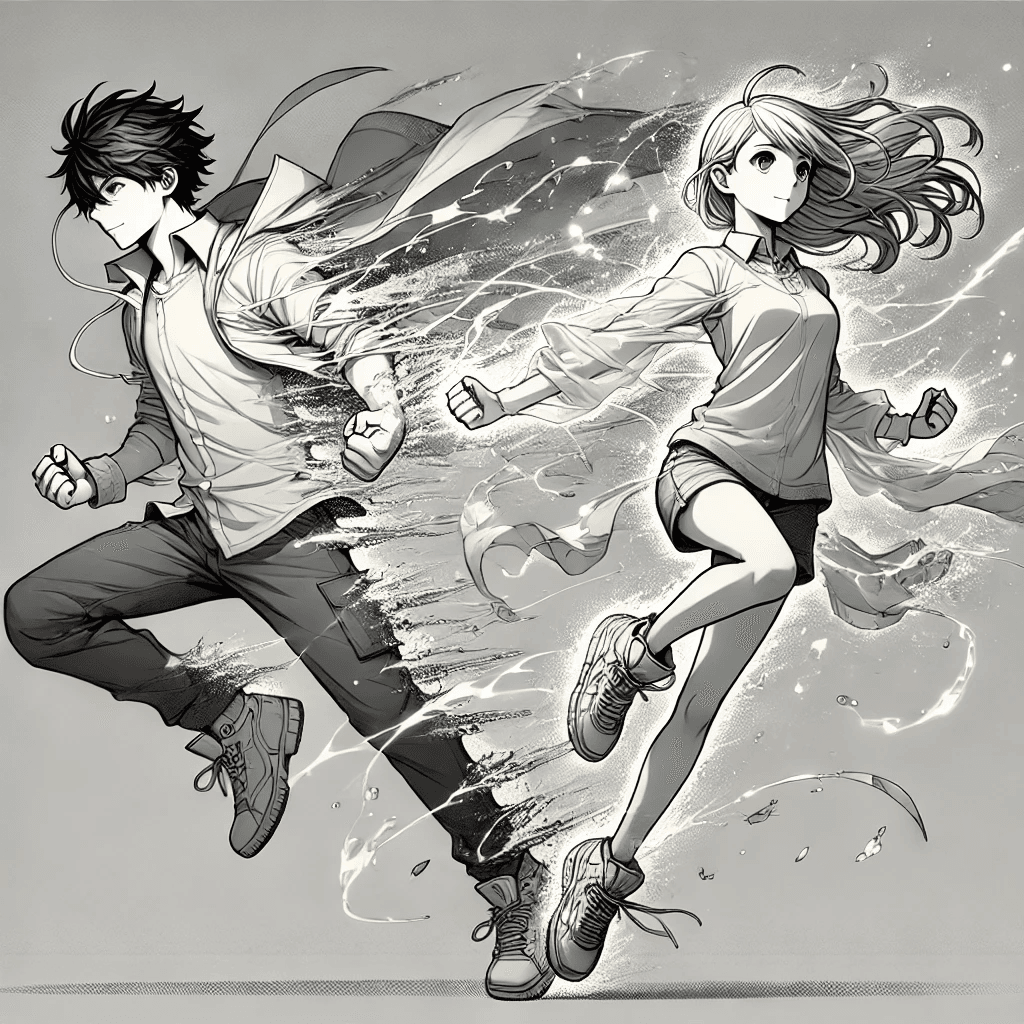
That motivation can feel real, but what happens once the episode ends? It fades, and life goes back to normal.
Let’s figure out how to turn that anime-fueled inspiration into real-life action!
(more…)